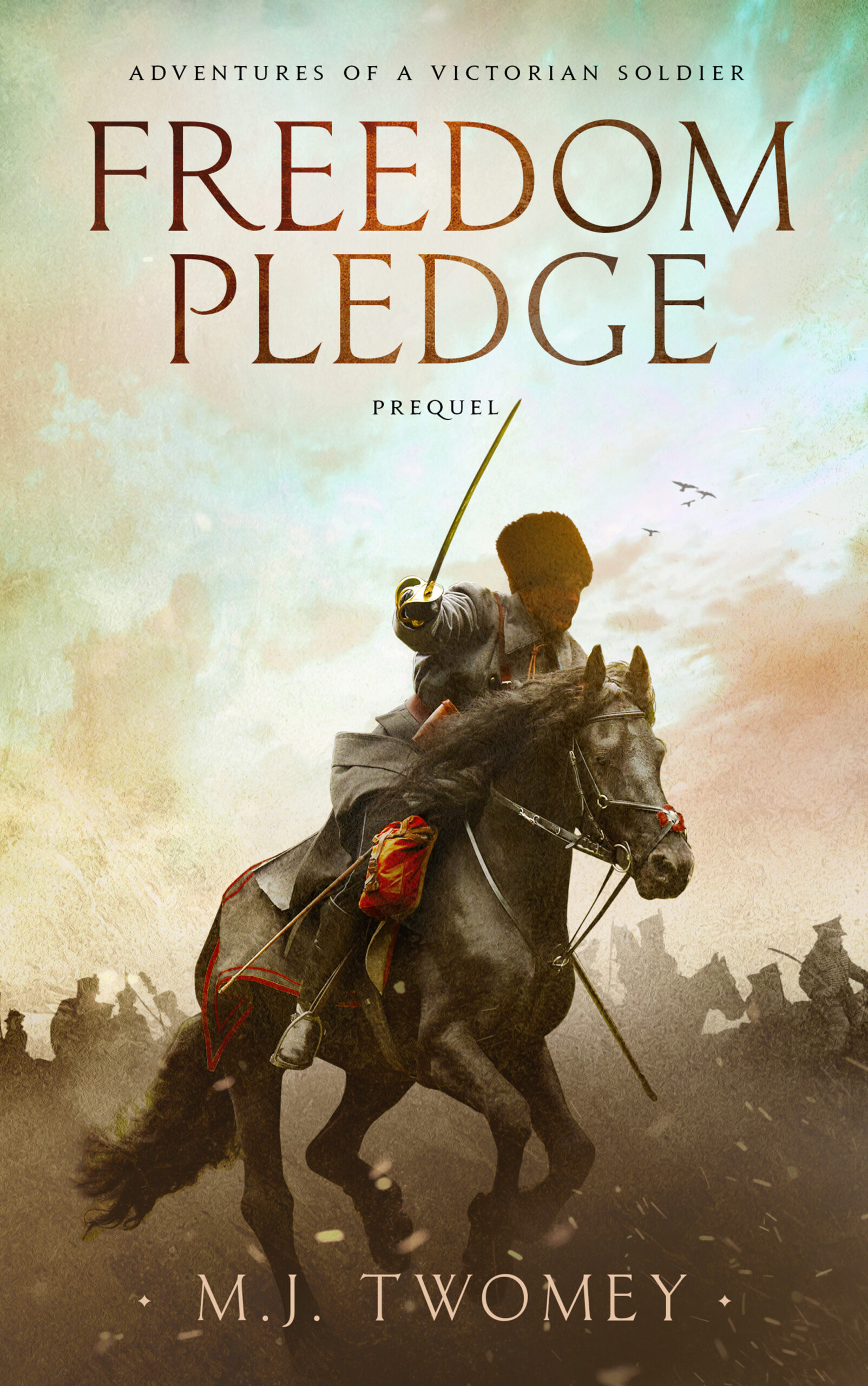For all his faults, William Walker was probably a genius. He attended the University of Nashville when he was twelve years old, got his first degree at fourteen, and graduated as a doctor when he was eighteen before further studies in Europe. He studied and practiced law briefly in New Orleans for a short time before becoming co-owner and editor of the New Orleans Crescent newspaper.
Convinced it was America’s right to expand its borders, he led military expeditions into Mexico and Central America intending to establish English-speaking, slave states colonies to add to the Union, until he decided to rules them himself.
Walker led forty-five men to conquer the Mexican territories of Baja California Territory and Sonora State in 1883, captured La Paz, the capital of Baja California, and declared himself president of the ‘Republic of Lower California.’ This adventure almost cost him his life. Mexican irregulars wiped out his small garrison in Ensenada, and he retreated to the U.S. border south of San Diego battling the Mexicans and Apaches along the way. A friendly San Francisco jury acquitted Walker of breaking the Neutrality Act in Mexico, and the American press fell in love with him and dubbed him ‘The Gray-eyed Man of Destiny.”
Late in December 1884, Walker took part in contract that called for two hundred North American mercenaries and a mortar to join the Democratico army’s siege of the Legitimista capital, Granada in Nicaragua. That was the Democratico Provisional Director, Francisco Castilian’s, mistake—inviting the fox into the henhouse. Walker had plans to seize control of Nicaragua. Soon after, a reluctant Samuel Kingston joins Walker’s army, and the Nicaraguan part of this thrilling adventure begins.

